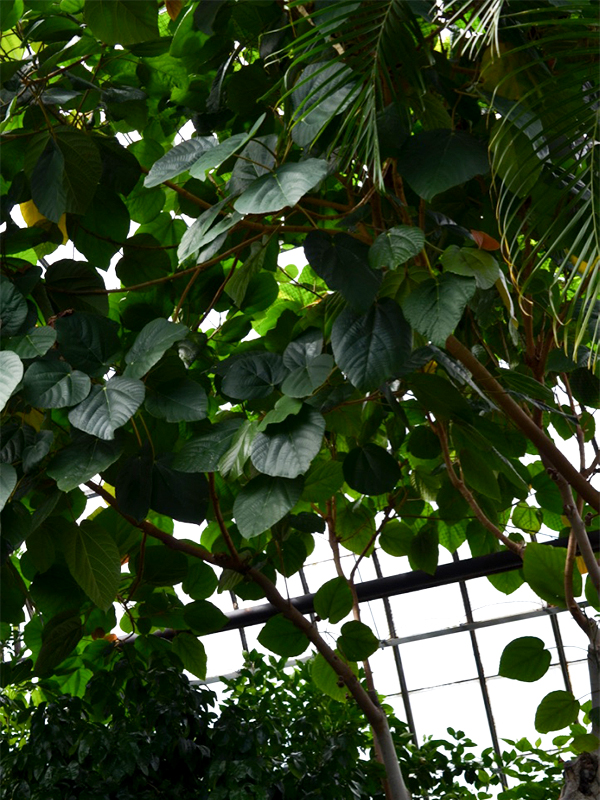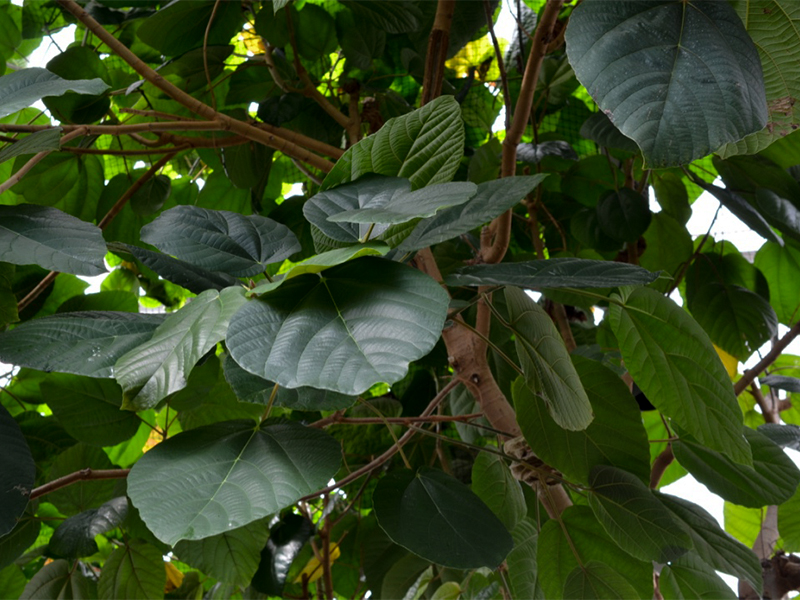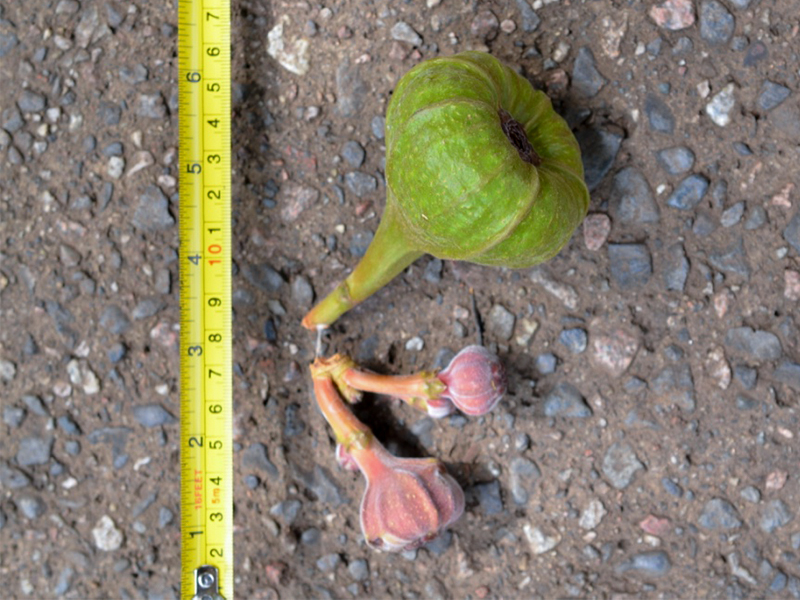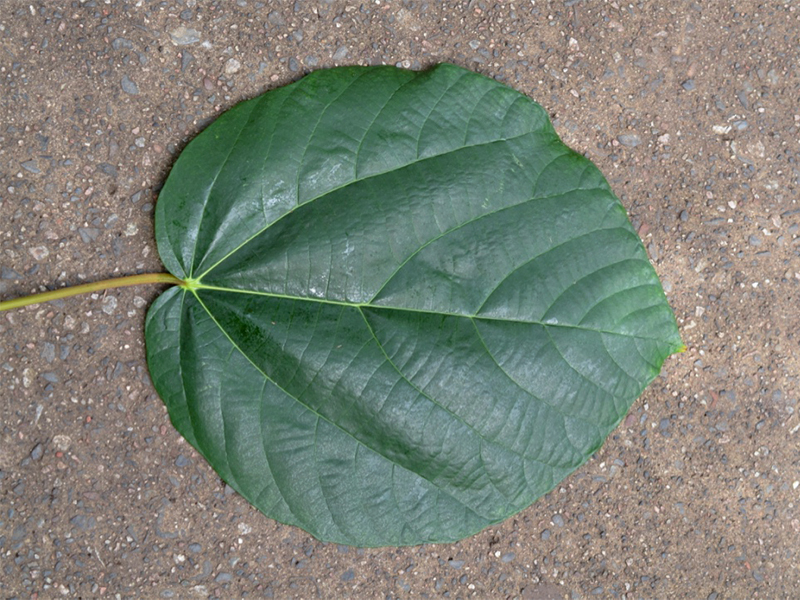| General Description | Evergreen tree that produces large figs. |
| ID Characteristic | Very large leaves, reminiscent of an elephant’s ears, grows edible fruit known as figs. |
| Landscape | May be planted to help control erosion. |
| Propagation | By cuttings and air layering. |
| Cultivation | Best grown in sun to partial shade with consistently moist, well-drained soil. Do not let the soil dry out between waterings. |
| Notable Specimens | Centennial Conservatory, Thunder Bay, Ontario, Canada. |
| Habitat | Terrestrial, along the banks of rivers and streams. |
| Leaf Description | Alternate, heart-shaped to broadly wedge-shaped, with an irregularly toothed margin. Very large, growing up to 50 cm in length. |
| Fruit Description | Figs are clustered on short branchlets of old stems, pear-shaped to spherical, with 4-6 longitudinal ridges and small tubercles. They are large for figs, 2 - 3.5 cm in diameter, covered with soft hairs. Figs are edible and sweet. |
| Colour Description | Young leaves are burgundy, red, or orange, and mature to green. Bark is grey. Flowers are pink. Figs are dark red when mature. |
| Texture Description | Bark is smooth. Leaves are papery. |




